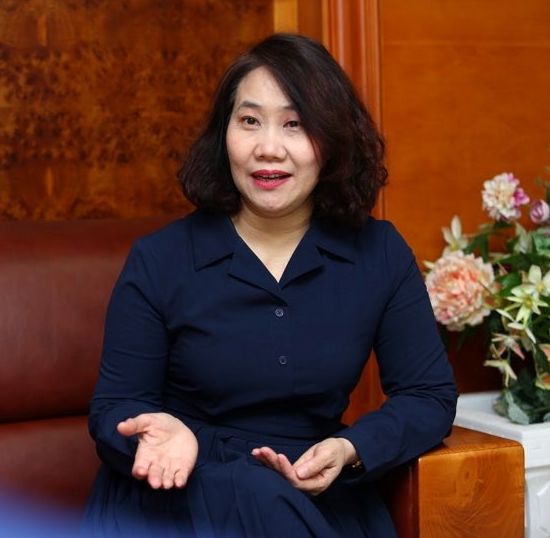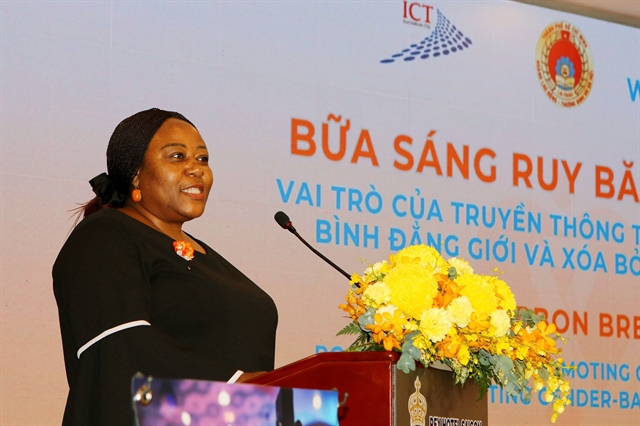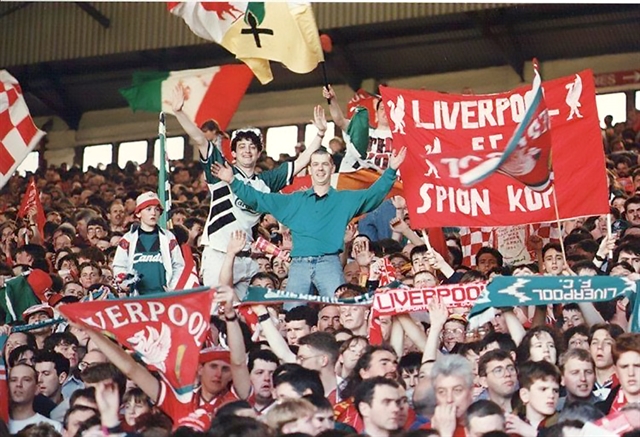 Talking Shop
Talking Shop

Late June Thailand’s largest corporation, PTT Public Company Limited (PTT), postponed plans to build the US$20 billion Victory Nhơn Hội refinery and petrochemical complex in the south-central coastal province of Bình Định.
 |
| A view of the Nhon Hoi Economic Zone in Central Binh Dinh province. Late June, Thailand's largest corporation, PTT Public Company Limited (PTT), postponed plans to build the US$20 billion Victory Nhon Hoi refinery and petrochemical complex in the province. — Photo baodautu.vn |
By Thiên Lý
Late June Thailand’s largest corporation, PTT Public Company Limited (PTT), postponed plans to build the US$20 billion Victory Nhơn Hội refinery and petrochemical complex in the south-central coastal province of Bình Định.
The complex would have covered 1,400 hectares in the Nhơn Hội Economic Zone and refined around 20 million tonnes of oil a year.
PTT had tied up with the world’s biggest oil producer Saudi Arabian Oil Company (Saudi Aramco) to build and operate the plant.
The main reasons the Thai investor gave for the withdrawal were uncertainty in the global oil market where crude prices have plummeted, and their unhappiness with the incentives offered by the local government.
On their part, the Bình Định authorities said they have also decided to shelve the project since the investors had failed to prove its feasibility but had taken so much time that the province had missed the opportunity to attract other investors to the economic zone.
But details of the disagreement between the two sides are not known.
Before the Nhơn Hội refinery project, in mid-June Russsia’s Gazprom Neft (GPN) had decided to pull out of negotiations to buy a stake in the operator of Việt Nam’s only oil refinery, Dung Quất.
GNP, the oil arm of top global gas producer Gazprom, had started exclusive negotiations to buy a 49 per cent stake in the Bình Sơn Refining and Petrochemical Company (BSR), the operator of Dung Quất and a subsidiary of State oil company PetroVietnam.
GNP decided to halt negotiations because the Government could not offer it the preferences it sought according a source from Reuters.
The Ministry of Industry and Trade had ruled that Dung Quất cannot continue to enjoy tax breaks after 2018, one of GNP’s demands.
But the Russian company is likely to consider buying stakes in the future when Dung Quất goes public and issues shares.
Earlier, in 2015, Qatar Petroleum International also pulled out of the $4 billion Long Sơn petrochemical project in the southern province of Bà Ria-Vũng Tàu.
Licensed in 2008, the complex was to have been built by a joint-venture between Thai Siam Cement Group, Qatar Petroleum International (QPI), and PetroVietnam.
Construction should have begun in 2014 and been completed in 2017, but was delayed due to site clearance issues.
A further obstacle arose last December when the Qatari investor announced it was pulling out due to the restructuring of its development strategy but failed to reach a deal with the other partners, leading to a serious delay.
It was recently announced that construction would begin in the fourth quarter of this year, though Qatar Petroleum’s replacement has yet to be revealed.
There seems to be a disturbing pattern in the pull-outs.
Many analysts attributed it merely to investors’ reconsideration of their investment decisions.
Whatever the reasons, others said, Việt Nam does not need more refineries since the capacity of Dung Quất and those planned to be built is enough to meet the country’s demand.
Following a meeting of its central bank in late July, the US did not raise interest rates despite painting a rosier economic picture than it did just a month ago.
The Federal Open Market Committee kept its overnight interest rate target in the 0.25 percent to 0.5 percent range.
The FED’s decision has had a positive impact on the foreign exchange market in Việt Nam.
On July 15 the State Bank of Việt Nam quoted a central rate for the đồng of VNĐ21,864 to the US dollar, a decrease of 0.12 per cent since early this year.
Thus, unlike in previous years, the đồng has not depreciated against the greenback and in fact has gained.
But no one is sure how long this sanguine state of affairs will continue since the global economy is still waiting to see what will come of Britain’s exit from the EU.
But what are the possible factors at work?
The first is the difference between supply of and demand for the greenback.
Demand for the dollar has recently been rising and is likely to continue going up in the coming months since the central bank has again allowed exporters to borrow foreign currency from June 1 after a two-month ban.
Besides, the year-end is the peak business season as companies prepare for the Lunar New Year early in the new year.
But the supply of foreign currencies, especially the greenback, has showed signs of declining because many people have been shifting out of the dollar and to the đồng since the central bank decided that the interest rate on dollar deposits would be zero.
Analysts said the forex rate would possibly be affected by the central bank’s policies to regulate money supply if it finds it necessary.
It would also be impacted if banks switch to buying foreign currencies fearing the economy’s ability to absorb capital flows has weakened and profits that the lenders expects to earn from government bonds become lower
However, this possibility seems not easy to happen since the country’s foreign exchange reserve was enriched by US$8 billion since the beginning of the year.
The third and most important factor is the movement of the Chinese yuan.
China is Việt Nam’s biggest trade partner with the two countries’ trade topping $95.8 billion last year, or equivalent to a full third of Việt Nam’s total foreign trade.
Because of this, any fluctuation in the yuan will directly affect the đồng’s competitiveness, an especially important factor since the two countries export similar products to major markets like the US and EU.
This year, while the đồng has appreciated, the Chinese Government has weakened the yuan by 2.8 per cent. This has made Vietnamese goods less competitive than Chinese ones.
Clearly, the movement of the yuan will be the main factor in deciding where the đồng goes.
But the central bank has plenty of experience in handling exchange rate volatility and can be expected to keep things under control.
Hoàng Thị Ngọc Thanh of HCM City’s Tân Bình District said she wants to borrow money from a bank to buy an apartment worth around VNĐ1 billion (US$44,444), but is afraid loan interest rates will rise since deposit interest rates have been going up.
At VietCapital Bank, the highest interest rate on deposits is now 7.7 per cent after the lender recently made hikes of 0.1-0.2 per cent on normal deposits and 0.05-0.3 per cent on online deposits.
VPBank also recently adjusted its interest rates for individual customers, hiking them by 0.2-0.3 per cent for deposits of from five to 12 months.
The highest rate now is 7.4 per cent for 36 months.
Some analysts have predicted banks will continue to increase deposit interest rates, meaning the chances of lending interest rates remaining stable are slim.
There have already been some minor adjustments, particularly for individual customers.
Meanwhile, the Government wants rates to be cut.
Many analysts felt that while it would be difficult to do that, rates are likely to remain steady at least until year-end.
This is because while inflation is predicted to be higher than last year, it will remain at acceptable levels, while competition in the credit market is getting fierce and banks will find it hard to increase lending rates. — VNS









